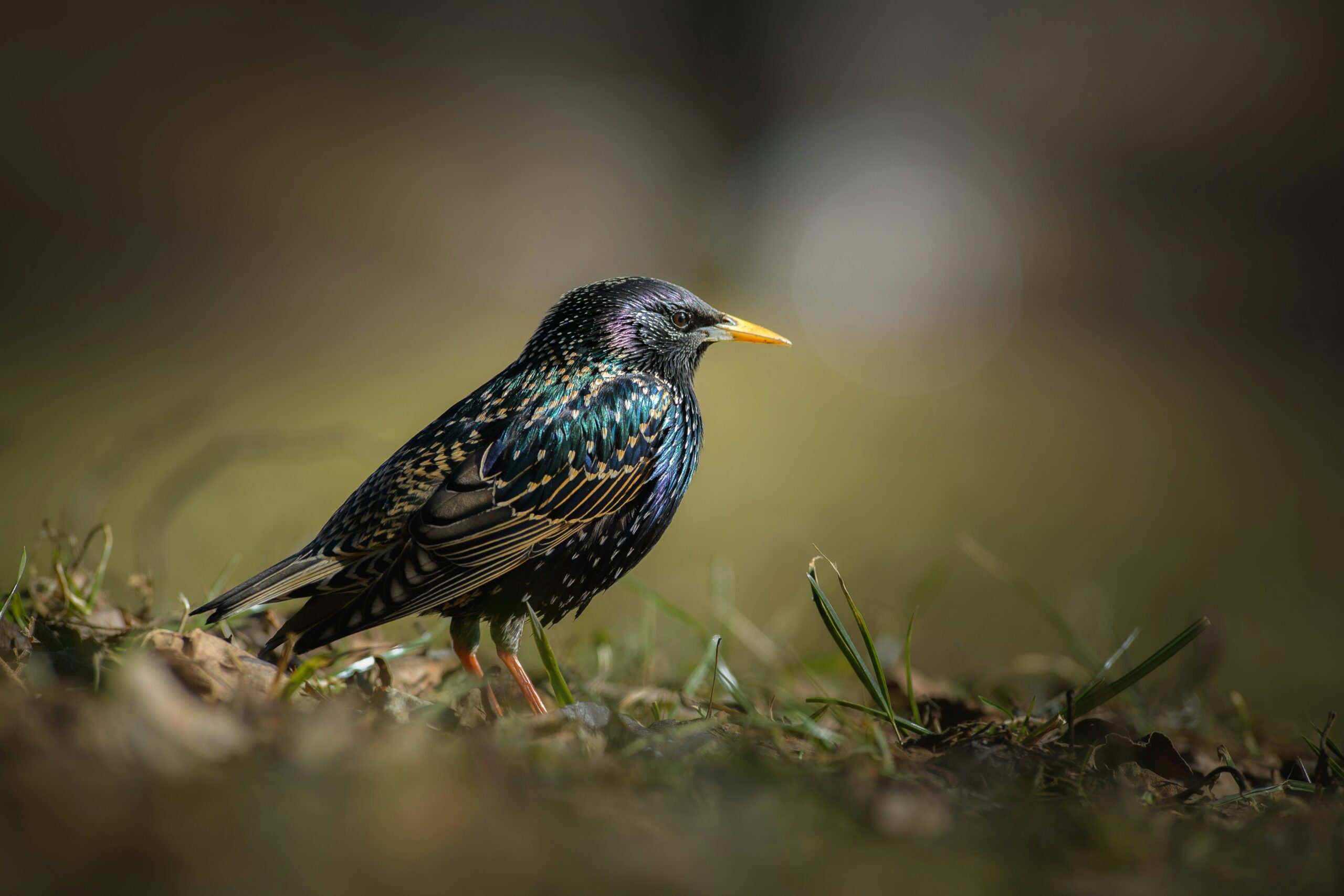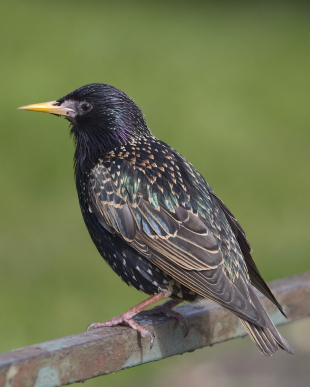
How to Identify Starlings
The European starling is an invasive species that was first introduced to North America in 1890. The hardy pests now thrive from Alaska to Mexico, with over 150 million of the birds found across the continent. Starlings are small, stocky, and black with short tails and pointed, yellow bills. Iridescent green feathers shimmer across their backs in the summer and are replaced in winter with white spots. When seen from below, the triangular wings of the starling look like a star-shaped silhouette that distinguishes them from similar-looking birds such as blackbirds, grackles, and crows.

Habitat & Behavior
Starlings are scarce in wild forests and rural areas. Instead, they prefer places inhabited by people like cities, suburbs, parks, and farms. The pests nest in the cavities of trees, buildings, and utility poles and are notorious for evicting native bird species. Homeowners are likely to find starling nests under eaves and in gutters, vents, and attics. Preferring to forage on the ground rather than from above, they are often seen in mowed plots of grass and open fields. The birds eat berries, seeds, and insects.
Problems & Prevention
Starlings are considered pests because of the incessant noise they make. They are also known carriers of pathogens that cause influenza, histoplasmosis, and cryptococcosis. If the pests infest an attic, their excrement can accumulate to dangerous levels and is difficult to clean up. Sealing cracks in walls and screening windows is a good way to keep starlings from entering homes. Additionally, netting on eaves and open-frame porches can prevent nesting. However, because of their habit of gathering in large flocks, it’s best to let the trained wildlife specialists at Critter Control identify and remove starling infestations.